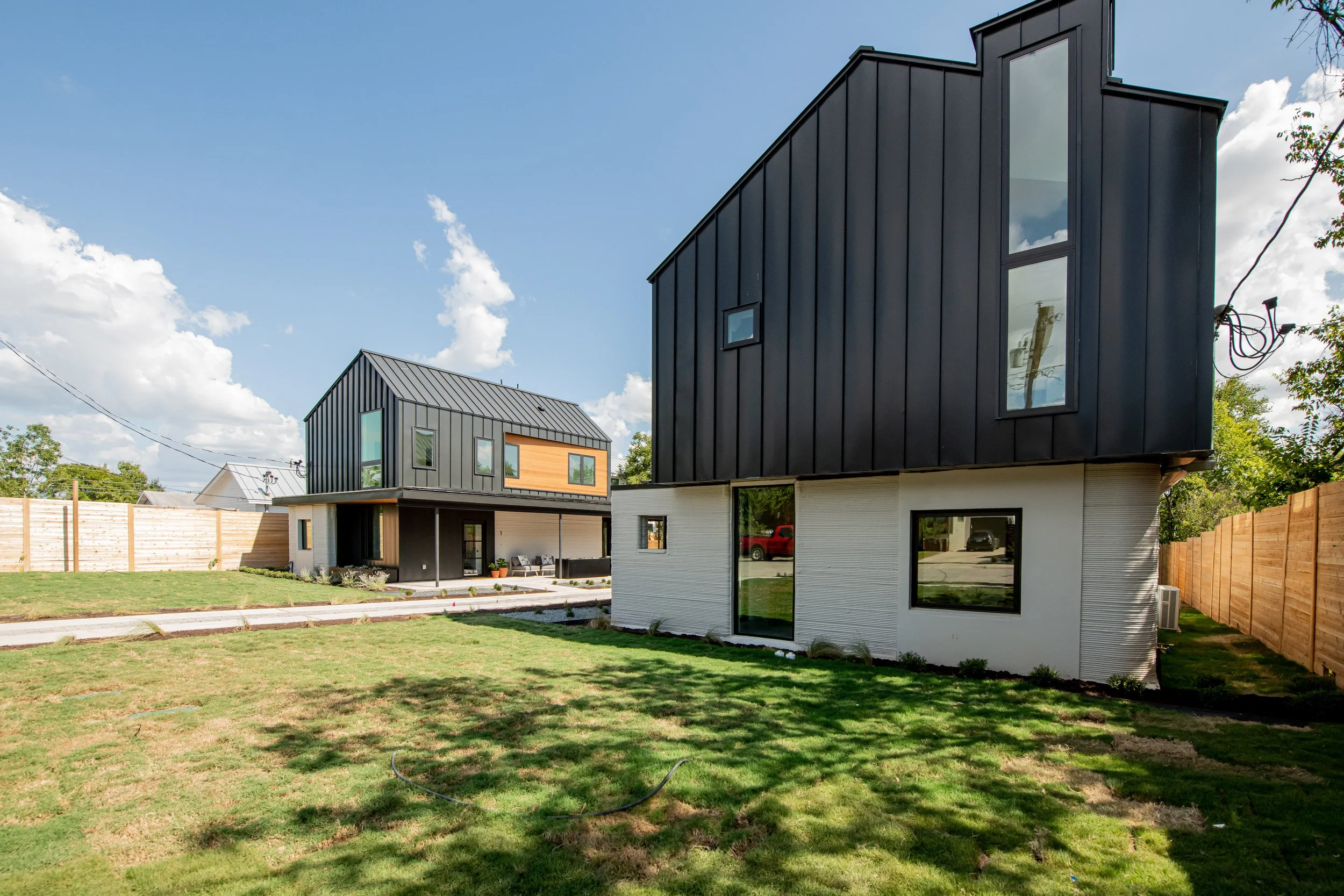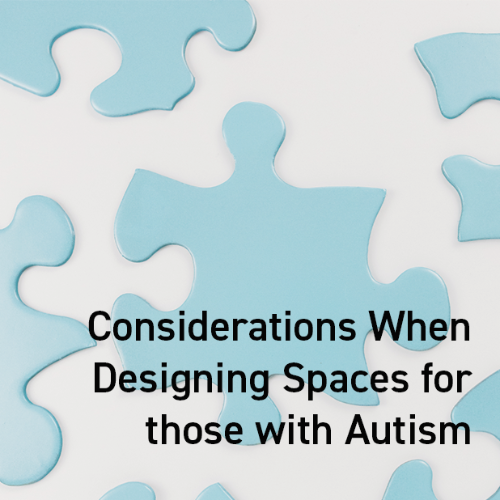2022 Architecture Trends: The Future of Architecture
Another year has passed and as we reminisce on the past, we also want to look towards the future - specifically, the future of architecture. Here are the top 2022 architecture trends to look out for this year.
Table to Contents
Computational Design + New Materials
Immersive Technology Improves the Design Process
Sustainability + Biomimicry
Collaboration
Increased Inclusivity
1) Computational Design + New Materials
Computational or Parametric Design utilizes a geometric language to adjust key occupancy and environmental constraints in order to develop a building's form. New algorithms will allow for more effective use of materials providing real-time cost analysis and more efficient structures. Large scale 3D-Printers will become more commonplace, ICON has recently 3D printed a 100 home neighborhood in Austin Texas, reducing the cost and making resilient energy-efficient homes with less construction waste.
Image Credit: https://www.iconbuild.com/updates/icon-and-lennar-to-build-largest-neighborhood-of-3d-printed-homes-codesigned
2) Immersive Technology Improves the Design Process
Continuing on the digital trail, Mixed Reality and Virtual Reality enhance our ability to communicate our design concepts and the spatial experience of our buildings. 2-Dimensional drawings can be difficult for clients to understand, while an immersive experience more effectively communicates how the design meets the client’s need and vision. As architects, MR + VR provides us with new opportunities for testing real-world scenarios and developing narratives and simulations that create experiences that approximate the physical reality of the design.
3) Sustainability + Biomimicry
Image SRC: http://www.exploration-architecture.com/projects/biomimetic-office-building
Sustainability and providing environmentally friendly buildings will continue to remain a priority for the architecture and construction community. As we approach the industry’s 2030 sustainability goals, and the need to reduce the carbon footprint of the building industry, More and more, buildings will incorporate sustainable technologies including green roof buildings. Architects have often looked to nature for inspiration; early examples include The Alhambra or Red Castle constructed in Grenada in the 9th century, and Velcro, which imitates the burs from the burdock plant. Biomimicry is a method of solving human challenges by learning and imitating the strategies in nature. Exploration Architecture utilizes computational design to imitate nature and rethink our use of energy and building resources. Integrating natural systems that have evolved over millions of years to adapt to the planet creates innovation and positive impacts as we move to a carbon-neutral future.
4) Collaboration
As the complexity of projects increases, design teams will need to be more collaborative. Partnering with Universities and other specialists including social anthropologists, cognitive neuroscientists, environmental + material scientists is necessary. These broad cross-disciplinary teams will create holistic approaches to solving challenges in the built environment and create more meaningful, nurturing, and sustainable environments.
5) Increased Inclusivity
As we continue to learn and grow, the architecture and construction community strives to improve inclusivity and diversity. In order to design inclusively and care for all populations in society, we need to invest time in understanding the barriers experienced by a wide variety of people. We need to challenge our idea of normal in order to develop architecture that can be inhabited by everyone. WOHA’s Enabling Village incorporates low-grade ramps, tactile floors, hearing loops, and a number of other features which allow the space to be accessible to everyone.





